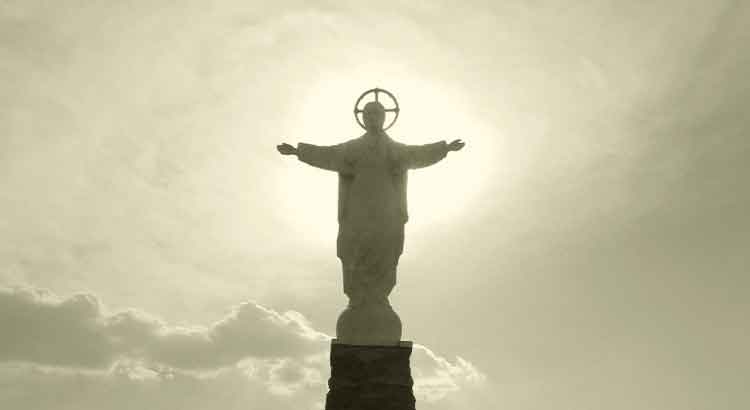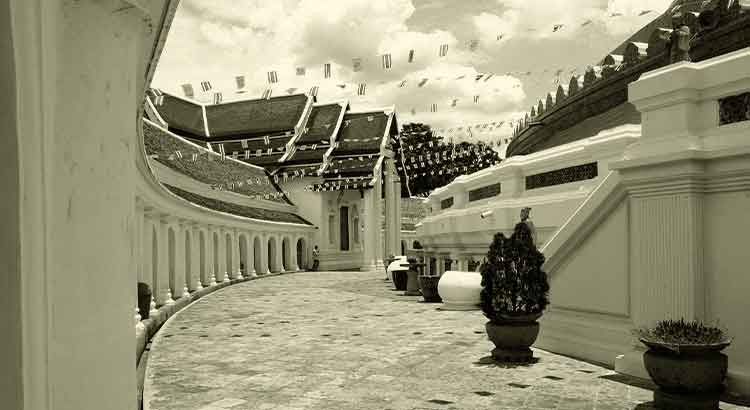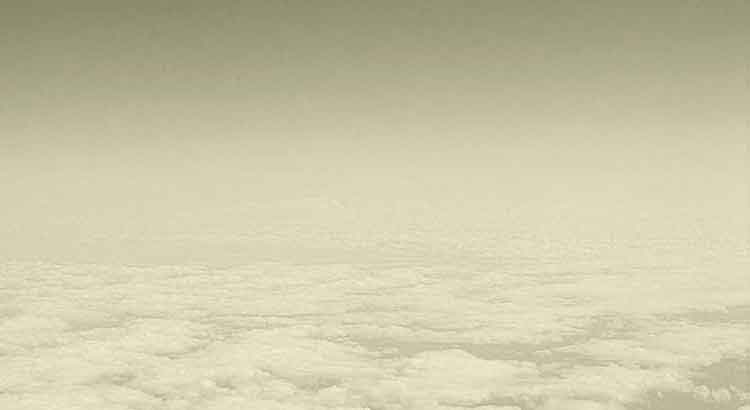Although doing so may run counter to Buddhist doctrine, analytically dissecting the “path to enlightenment,” presented in numerous ways by many different schools, we realize that it can, indeed, deliver much of the results it promises. The basis of Buddhist Tantric practices consists in educating the mind through a self-suggestive process that establishes a new understanding of the self and the environment. Through a collusion between habits and mental reprogramming, plus a retreat that makes distractions or disturbances difficult, the being is effectively transformed. Meditating for hours, days, months in emptiness, seeing oneself and reality devoid of autonomy and self-grounding, believing oneself to be part of a whole, mixed in the same emptiness in which one meditates, although hostage to the illusions of sensible experience, it is predictable that one reaches a rupture—or overcoming—of earthly ties, and consequently reaches a state of soul that oscillates between peace and beatitude. Repeatedly denying the body, the mind, the reality of observable phenomena, the sensations, then visualizing oneself as a shapeless superior entity, strictly controlling any deviation from focus: someone who steadfastly pursues this path will certainly become something different. And to think that all this is just the laying of the ground…
Tag: religion
Buddhism Is Drop Everything and Live on Alms
I would take Buddhism integrally as a model of conduct if doing so did not involve assuming a state of dependence that I find intolerable. Buddhism, to the letter, is to drop everything and live on alms. From this, the conclusion: if the final liberation requires as a mandatory step the complete subjection to this world, even temporarily, I will never experience it. It is as if, desiring freedom, it were first necessary to submit to the worst and most complete form of slavery. On second thought, I correct myself: I would not take Buddhism integrally because, integrally, anything becomes unpalatable.
The Pages of Jakob Boehme
It is a real shock to come into contact with the pages of Jakob Boehme. The first impulse is to ask: how is this possible? The mystical universe that permeates his lines seems unthinkable, inconceivable, imperceptible to the average human being. Where does such ingenious imagination come from? Whence is this conception of life that brings the banality of the concrete to its knees, making what the eyes can see ridiculous? The notion of the ultimate meaning, the vision of paths, the philosophy that implies a conduct… all these manifestations of a luminous and respectable spirit, of which I refuse to make a value judgment. But what is most astonishing, what paralyzes the mind and throws the brain into perplexity, is to be aware, at every page, that the author of the lines was a shoemaker!
Swedenborg’s Visions of Heaven and Hell
Several things can be said about Swedenborg’s visions of heaven and hell, except that they are the work of a deceitful spirit. Swedenborg possesses the supreme virtue of sincerity: he does not try to delude, he does not try to hide, he opens his soul and tries to express himself as clearly as possible—that is, he is a loyal spirit. That is why, above all, he does not deserve to be ironized. In cases like this, the irony is nothing but a creeping manifestation…



